The Plains to Peaks Collective (PPC) recently grew to over 260,000 historic items now available for searching in the national platform – the Digital Public Library of America (DPLA). This growth is due, in large part, to our new partners the Denver Museum of Nature & Science (DMNS), the Louisville Historical Museum and the Ignacio Community Library.
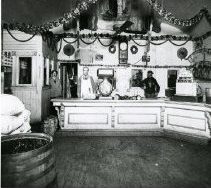
Louisville Historical Museum
The Louisville Historical Museum has shared over 4,500 items including over 3,100 photographs: that document Louisville’s rich mining history; Louisville’s community members, including family portraits and snapshots; community events; Students; and interior and exterior views of businesses over time.
Louisville, Colorado was established around 1877 with the opening of the Welch Mine, the first coal mine in an area of Boulder and Weld counties known as the Northern Coalfield. The high-yielding coalfield, good wages, and safer mines brought workers and more mines, to the town of Louisville which was incorporated in 1882. As many as 30 different mines once operated in Louisville including the Acme Mine who over time extracted two million tons of coal from directly beneath the original center of town.
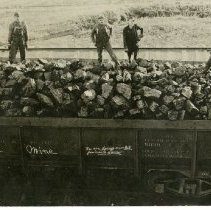
The collection also includes digital scans of the Boulder County assessor cards, from roughly 1940 through 1970, for public and private properties located in the city of Louisville. These cards, searchable by address, include photographs and sometimes sketches of the property, descriptions of improvements made and the names of the property owners – all of which are invaluable to house research.
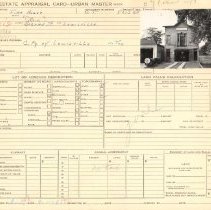
Denver Museum of Nature & Science
In the late nineteenth century, Edwin Carter, a miner-turned-naturalist, amassed a collection of some 3,300 specimens of Colorado wildlife for his private museum in Breckenridge. His collection of bird and mammal specimens, became one of the founding collections of the Colorado Museum of Natural History, now the Denver Museum of Nature & Science.
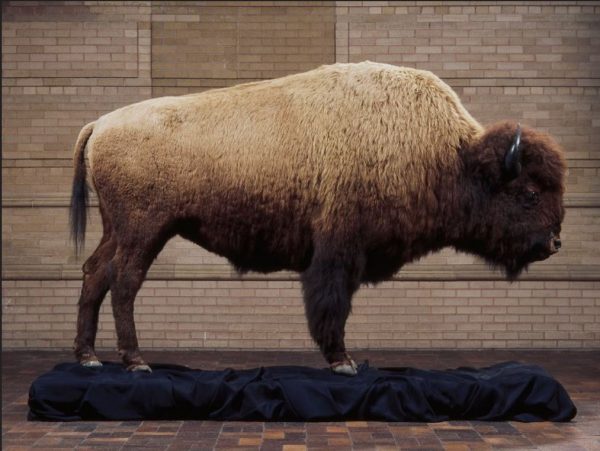
In 1897 Carter wrote:
…..I shall hold out for a time longer for my ideal of a natural history museum in City Park. As Denver is destined to be among the great Cities of the Continent so will a museum thus founded on the comparative lines of the American Museum of Natural History grow up to be one of the great entertaining and educational institutions of the country. [Letter from Edwin Carter to John F. Campion regrading the founding of the museum. Courtesy DMNS.]
Today the DMNS has collected and preserves 4.3 million artifacts and specimens including natural history and anthropological materials, as well as an extensive image archive. Of these collections DMNS has generously shared over 21,600 items from their image archives and their Snowmass collection. The images of their dioramas and exhibits, a very special highlight from the image archives, will bring back fond school age memories for most Colorado residents. Early dioramas were generally created by a team of artists, taxidermists, and naturalists to bring lifelike representations of nature to visitors. The images give insight into the process of creating dioramas, from modeling to the finishing touches.
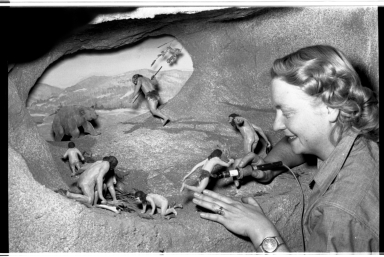
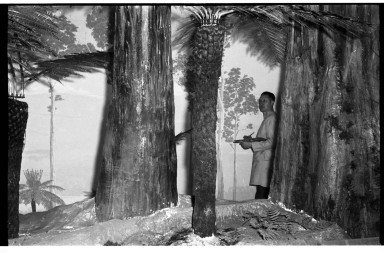
Also included in the collections shared are over 1800 images documenting the excavation of the Snowmastodon site, one of the most significant fossil discoveries in Colorado history. On October 14, 2010, construction crews working on the expansion of Ziegler Reservoir near Snowmass Village, Colorado, discovered the fossil bones of a juvenile Columbian mammoth. The museum’s excavation team later uncovered numerous fossils including as many as 10 American mastodons, three Columbian mammoths, two Ice Age deer, four Ice Age bison and one Jefferson’s ground sloth from the well preserved Ice Age ecosystem.

We want to keep Growing!
If you already have an online historic collection we would love to speak with you! We are currently working with 39 partners that use a variety of different online collection management systems including – Argus, Islandora, CONTENTdm, PastPerfect Online, Luna, Omeka and DSpace. We strive to keep participating in the PPC and the DPLA as easy as possible for our partners.
Not currently online? We still want to hear from you! While the DMNS and the Louisville Historical Museum, have had their historic collections online for some time through Luna and PastPerfect, the Ignacio Community Library recently created an online collection by becoming a CVL Collections partner. Learn more about Ignacio’s historic collection and how to become a CVL Collections partner.
If you are ready to participate, or would like to learn more about sharing your organization’s historical collections through the Plains to Peaks Collective, please contact me, Leigh Jeremias, at ljeremias@coloradovirtuallibrary.org.
- It Takes a Village: New News for Weld and Pitkin Counties - June 26, 2025
- Socialism and a Denver Suburb: New Additions to CHNC - June 6, 2025
- 2025 Support for Newspaper Digitization - November 13, 2024